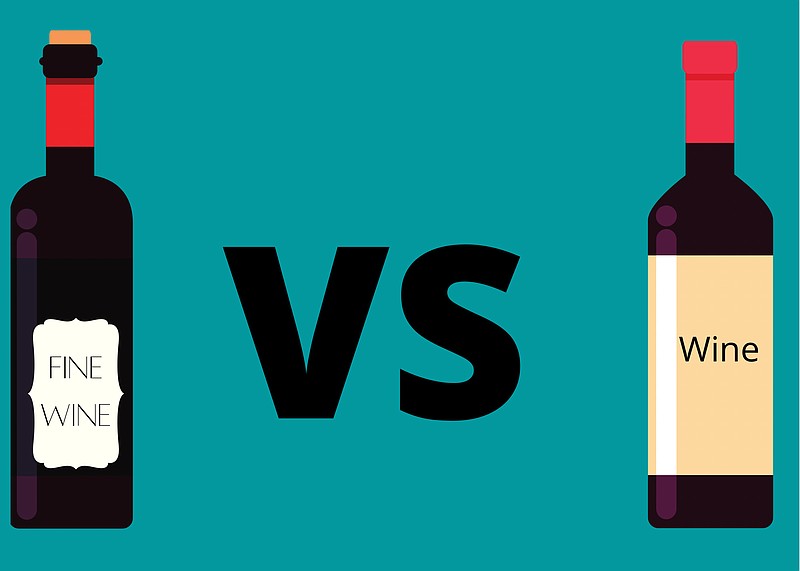I recently received a wine-related question from a very unlikely source: my high school English teacher. She asked a variation on a question that I’ve heard hundreds, if not thousands, of times since my wine journey began.
She and a friend (who happens to have been my seventh-grade English teacher) held a wine tasting in which they compared two wines side-by-side: Apothic Red ($10) and Caymus Cabernet Sauvignon ($75). After tasting each wine, both women preferred the less expensive bottle and said it had a “smoother, all-around better taste.” With that being the case, it raises the question of why anyone would buy high-end wine when inexpensive wine gets the job done all the same?
You may have even tried a similar experiment yourself or seen one of the many videos on YouTube in which an actor tries two wines and, almost invariably, prefers the cheaper bottle. This isn’t because of the “myth” of expensive wine, nor is it an Emperor’s new clothes moment. Still, it does point toward a fundamental tenet of wine that all drinkers at any level must understand: your palate, that is, your ability to taste wine and discern its flavor notes, is a muscle, and it needs regular exercise to reach its full potential.
Since two English teachers posed this question, perhaps a literary example is best. In seventh grade, we read “The Giver,” a book suited to our reading level and understanding of the world. By our senior year, we had moved on to other, more complicated books like “The Things They Carried” and “Macbeth.” Can you imagine trying to teach “Macbeth” to seventh graders? They wouldn’t have the framework to understand what makes it a work of art that transcends centuries, much in the same way that a novice wine drinker’s palate isn’t quite ready for the nuances of fine wine.
Fine wines — and generally, I mean wine costing more than $25 — are typically made to showcase something specific, be it the terroir of a unique vineyard, a key feature of grape variety, or an individual winemaker’s point of view. Inexpensive, bulk wines aren’t bad or “less than,” but they’re not crafted with the same intention as their more expensive counterparts.
The fine wines are made to showcase the ways grapes reflect the smallest nuances of our world: the way the sun hits a mountainside, the consistency of soil, the shading of leaves. Until one learns to see these things reflected in the way a wine tastes, the subtleties of fine wine will seem not to exist. It has taken me years to learn how to look for and distinguish these markers, but it has also been an integral part of my relationship with wine.
There’s nothing wrong with preferring the cheap bottle. Just like there’s nothing wrong with reading pulpy romance novels and dollar store paperbacks. But for those who want to delve deeper, fine wine and Shakespeare await.
As always, you can see what I’m drinking on Instagram at @sethebarlow and send your wine questions and quibbles to sethebarlowwine@gmail.com
